Main Sponsors
-
 Reiso Pécs
Reiso Pécs -
 Hotel Lycium****
Hotel Lycium**** -
 Pécs ZOO
Pécs ZOO -
 http://www.mecsekegyesulet.hu/
http://www.mecsekegyesulet.hu/ -
Doro Ékszer
-
 Hetényi Pincészet
Hetényi Pincészet -
 Zsályaliget Élménypark
Zsályaliget Élménypark -
 Fabrik Barkács Szaküzlet
Fabrik Barkács Szaküzlet -
 Katica tanya
Katica tanya -
 E.ON Hungary
E.ON Hungary -
 http://www.ipark-pecs.hu/
http://www.ipark-pecs.hu/ -
 https://www.otpbank.hu/otpklub/Fooldal
https://www.otpbank.hu/otpklub/Fooldal -
 http://www.pecsibalett.hu/hindex.html
http://www.pecsibalett.hu/hindex.html -
 www.lakics.hu
www.lakics.hu -
 Gépszer
Gépszer -
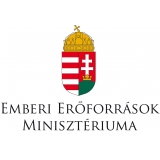 http://www.kormany.hu/hu/emberi-eroforrasok-miniszteriuma
http://www.kormany.hu/hu/emberi-eroforrasok-miniszteriuma -
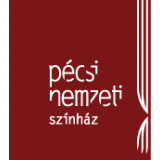 http://www.pnsz.hu/
http://www.pnsz.hu/ -
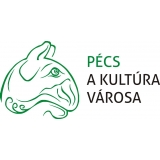 http://www.pecs.hu/
http://www.pecs.hu/ -
 Mischl Autóház
Mischl Autóház -
 Öko-Trade Ltd
Öko-Trade Ltd -
 Bóly and Vicinity Savings Bank
Bóly and Vicinity Savings Bank -
 Mecsekerdő Forestry Ltd
Mecsekerdő Forestry Ltd -
 http://www.deltakarek.hu/
http://www.deltakarek.hu/ -
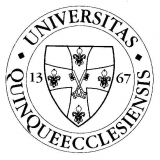 University of Pécs
University of Pécs -
 http://kloe.hu/
http://kloe.hu/ -
 http://www.lafarge.hu/
http://www.lafarge.hu/ -
 http://www.gondoldo.hu/
http://www.gondoldo.hu/

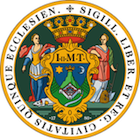
Flower Clock
10 Nov 2011. 19:30 | Kodály Centre
Breitner Season ticket 2011/2012 | Kodály Season ticket 2011/2012 |
Orchestra
Pannon Philharmonic OrchestraConductor
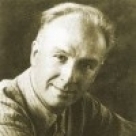
Howard Williams
One of Britain’s most experienced conductors on the international platform, Howard Williams has covered a formidable range of work both in the opera house and concert hall, with a quite exceptionally large and broadly-based symphonic repertoire and over seventy opera titles to his credit.
In the UK, he has… More
Soloist

Lajos Lencsés
oboe
About the Programme
Program:
- Haydn: Symphony No.101 in D major (The Clock)
- Francaix: L' Horloge de Flore (Flower Clock)
- Kodály: Epigrammas
- Elgar: Enigma Variations
During his England tours, Joseph Haydn was celebrated by keen audiences, which were always curious, if the master could come up with newer and newer ideas. They never had to be disappointed. The Clock Symphony (No.101 in D major) got its title because of the 2nd movement’s “ticking”. The listeners can take pleasure in a serene and demure music.
A Swedish botanist, Carl von Linné made the flower clock, in which the particular flowers followed each other in the succession as they break out into blossom during the day. In Jean Francaix’s L’ horloge de flore (Flower Clock), written for oboe solo and orchestra, seven flowers break blossom, from the dawn’s Nightshade to the midnight’s Melandrium.
Zoltán Kodály’s Epigrammas are originally sight-reading exercises with piano accompaniment, with neo-romantic and impressionistic characteristic. The composer wrote in his recommendation that the vocal part could be played on any string or brass instrument.
Edward Elgar got well-known after his Enigma-variations, of which original title Variations to an Original Theme was. The name „enigma” implies the mysteriousness of the piece, the 14 variations are Elgar’s friends’ and relatives” humorous portraits.














































































